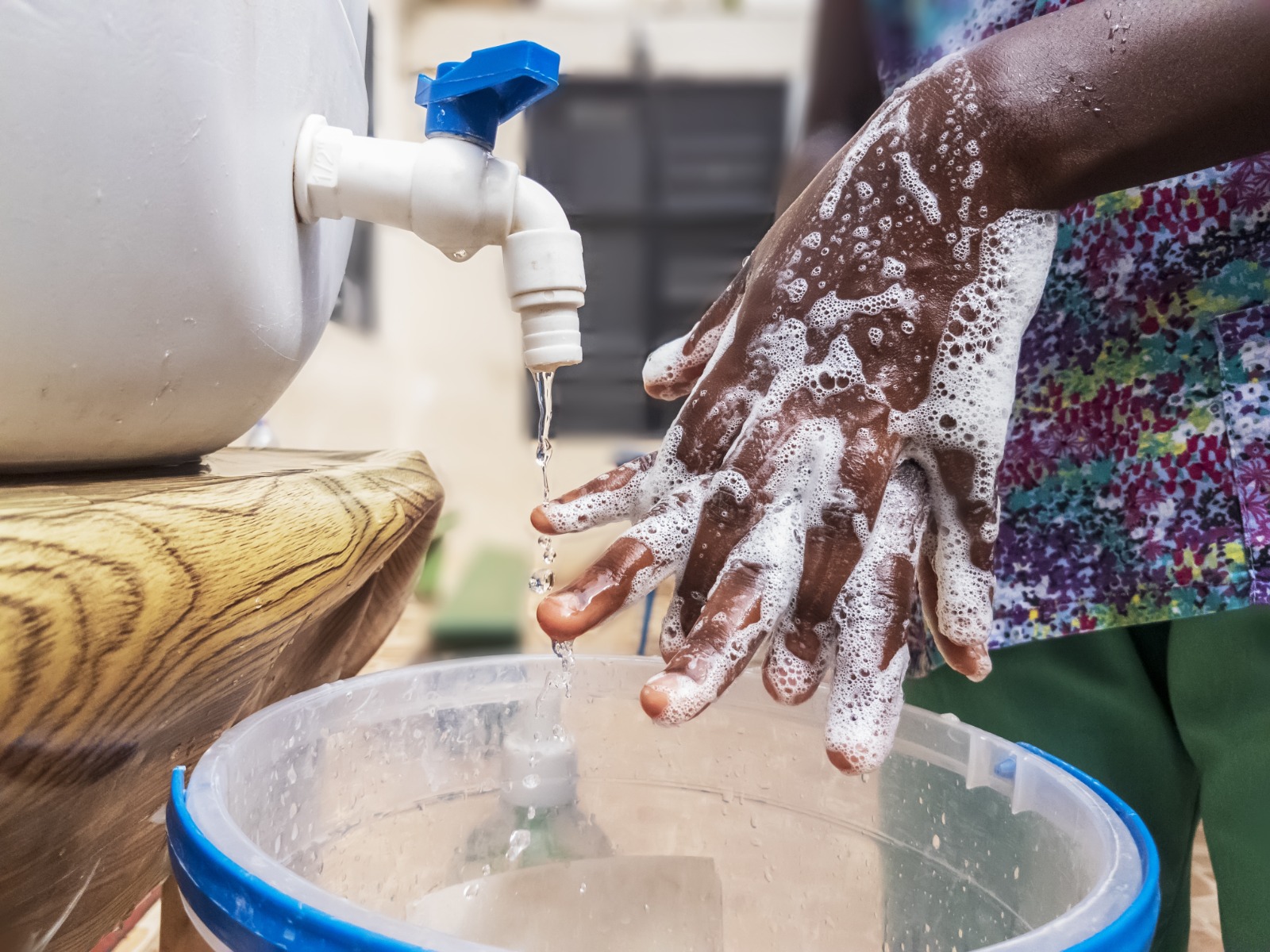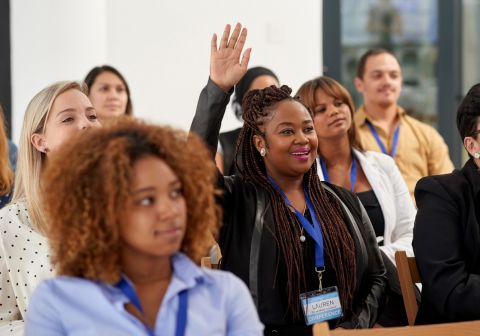Empowering Women, Transforming Lives
Combating Gender-Based Violence and Human Trafficking
Gender-based violence is a complex issue that requires a multi-faceted approach to effectively end it. Gender-based violence involves men and women with women usually, but not always, being the
victim. It stems from unequal power relationships within families, communities, and states.
Violence is generally directed specifically against women for diverse reasons and affects them
disproportionately. It has become even more pronounced in conflict and post-conflict contexts.
Violence against women includes sexual, physical, and psychological and they occur in
family such as battering, sexual abuse of children, female genital mutilation/cutting, and rape;
community such as sexual abuse, sexual harassment and intimidation, trafficking, and forced
prostitution; and state such as poorly drafted or unenforceable laws for violence against women, law enforcement agents who violate women, the lack of facilities and education for prevention and treatment of women exposed to violence, the sanctioning and reinforcement of unequal gender
relations. The state’s indifference and neglect in creating opportunities and entitlements for
women in regard to employment, education, participation, and access to social services also
perpetuate gender-based violence.
There is a close relationship between GBV and trafficking That means that GBV is both an important driver of human trafficking and a tool to manipulate and control women, children, and even men into both sex work and forced labor across all forms of trafficking.
Trafficking in persons,” “human trafficking,” and “modern slavery” are umbrella terms – often used interchangeably – to refer to a crime whereby traffickers exploit and profit at the expense of adults or children by compelling them to perform labor or engage in commercial sex.
Mass displacement, conflict, extreme poverty, lack of access to education and job opportunities, violence, and harmful social norms like child marriage are all factors that push individuals into situations of trafficking.
Overall ending gender-based violence requires a comprehensive approach that involves addressing the root cause of violence, empowering survivors, engaging men and boys, strengthening laws and policies, and collaborating with communities.
Sexual and reproductive health and rights* (SRHR) are essential for global health and human rights, emphasizing informed choices regarding Sexuality and reproductive health. Key components include access to education, contraceptive services, and safe abortion. The ICPD 1994 established a framework for SRHR, promoting gender equality and women’s empowerment. Education enhances knowledge of SRHR, particularly among marginalized groups. Integrating SRHR into public health education fosters informed decision-making and empowerment. Advancing SRHR is vital for achieving health and development goals, requiring a multifaceted approach that addresses barriers and promotes equity.
Survivor Initiative
Survivor initiative seeks to improve the quality of and access to services for women and girl survivors of Gender based violence particularly survivors of human trafficking, modern day slavery and physical and sexual abuse. This program has as purpose to provide emergency assistance to women and girls facing extreme acts of GBV, including harmful traditional practices. In addition, to providing advocacy support, prevention and technical assistance to GBV survivors, the program involves offering protection to GBV survivors. The emergency assistance will support victims/survivors of extreme forms of GBV and harmful traditional practices in the form of small, short-term emergency support. The program is meant to provide services to those in urgent situations with little or no alternatives for support. Services provided include relocation assistance for women who are escaping violence, providing counseling, information and support for women who have experienced violence, providing health and medical services that address immediate physical and psychological injuries resulting from violence,

WASH SERVICES
All people have the right to safe water and sanitation. Access to improved water and sanitation was reported to be high among households in urban areas. But it is still a major challenge in rural communities where about 80% of the population live. with the rapid rise of hygienic diseases such as cholera, it is imperative that we find solutions to address and mitigate challenges faced by communities due to the lack of adequate wash services
Girls face a lot of challenges accessing WASH services. These challenges include inadequate WASH and menstrual hygiene Management (MHM) facilities. FWID intends to promote community and school awareness of the importance of proper WASH and MHM facilities which are adequate and well taken care of.
Our aim is to equip, enable and collaborate with community leaders and national stakeholders to promote the use of safe water supply, build and use proper sanitation facilities and practice good basic hygiene to improve their health, dignity, and well-being. Continuous improvement in WASH will not only reduce the impact of poor health and poverty but also promote economic and social development in the nation in the long run.
- WASH stands for Water, Sanitation, and Hygiene.
- They are often mentioned together, as they are closely related: access to water will
help sanitation and especially good hygiene practices.
- Unsafe water, poor sanitation, and unhealthy hygiene practices put your health at risk.
- But good access to water, sanitation, and basic hygiene practices will reduce illnesses
and death. It will also help families to reduce poverty and improve their socioeconomic development.
WASH is a priority area, which should be improved in all settings (villages, schools,
workplaces, markets, and towns)!
Improve Women’s Participation in Economic Activities
Women’s participation in the economy is essential to achieving gender equality and in mitigating gender-based violence. Boosting women’s economic empowerment is key but pervasive social norms and discrimination continue to keep women from thriving in the workforce and economic activities. Women are less likely to work than men and are less likely to participate in economic activities than men. This is limited in developing and developing economies alike.

Women’s economic empowerment helps women and girls to gain skills, resources, and opportunities to participate equally in markets and to control and benefit from their earnings. The purpose of this program is to ensure all women have the tools to fully participate in the economy through increased access to comprehensive and equitable financial services, including credits, loans, savings, and insurance. To invest in social protection programs to create a working environment for women to enter and flourish in the formal and informal labor markets. Champion the tenets of decent work for women, including equal access to employment, benefits, equal pay, and a safe and harassment-free work environment. Finally, to invest in women’s associations to strengthen their visibility and representation; prioritize asset development which includes housing, land, and property rights, and skills building which includes financial literacy and management skills.
